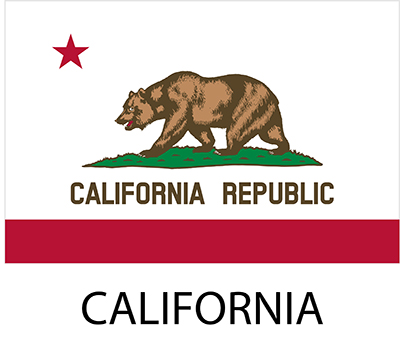In its new overtime regulations, the U.S. Department of Labor (DOL) has more than doubled its salary threshold for the Fair Labor Standards Act’s (FLSA’s) white-collar overtime exemptions. This causes a rare circumstance in which federal law provides employees with more protections than California law.
 |
California has its own salary threshold—but it will be lower than the federal law once it takes effect on December 1, 2016. This has created a group of “gap” employees who fall between the two thresholds, according to some experts.
Under the new federal regulations, employees must now—in addition to meeting a duties test—receive at least $913 per week to be exempt from overtime pay. This amounts to $47,476 annually.
According to the DOL, about 392,000 workers in California will be affected.
California’s Salary Threshold
California has its own salary threshold, set at twice the hourly minimum wage of $10, which amounts to $41,600 annually. For employers with at least 26 employees, this will increase to $43,680 on January 1, 2017, and, eventually, to $62,400 by 2022. (See chart, below.) Those with fewer employees have an extra year to comply.
Under both California and federal law, an employee also must pass a “duties test” to be considered exempt from overtime. The test is stricter in California, however, requiring that an employee spend at least 50% of his or her work time performing exempt duties.
Read on for more details, including a chart of federal vs. California salary thresholds.
